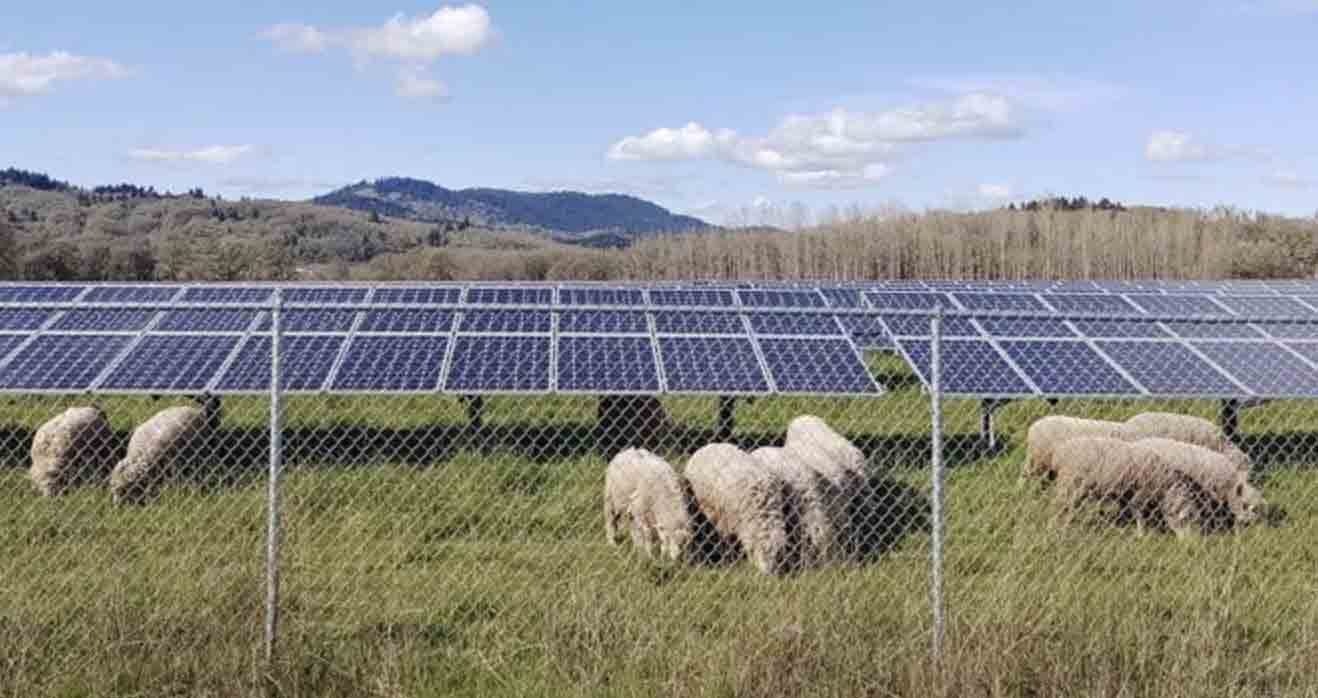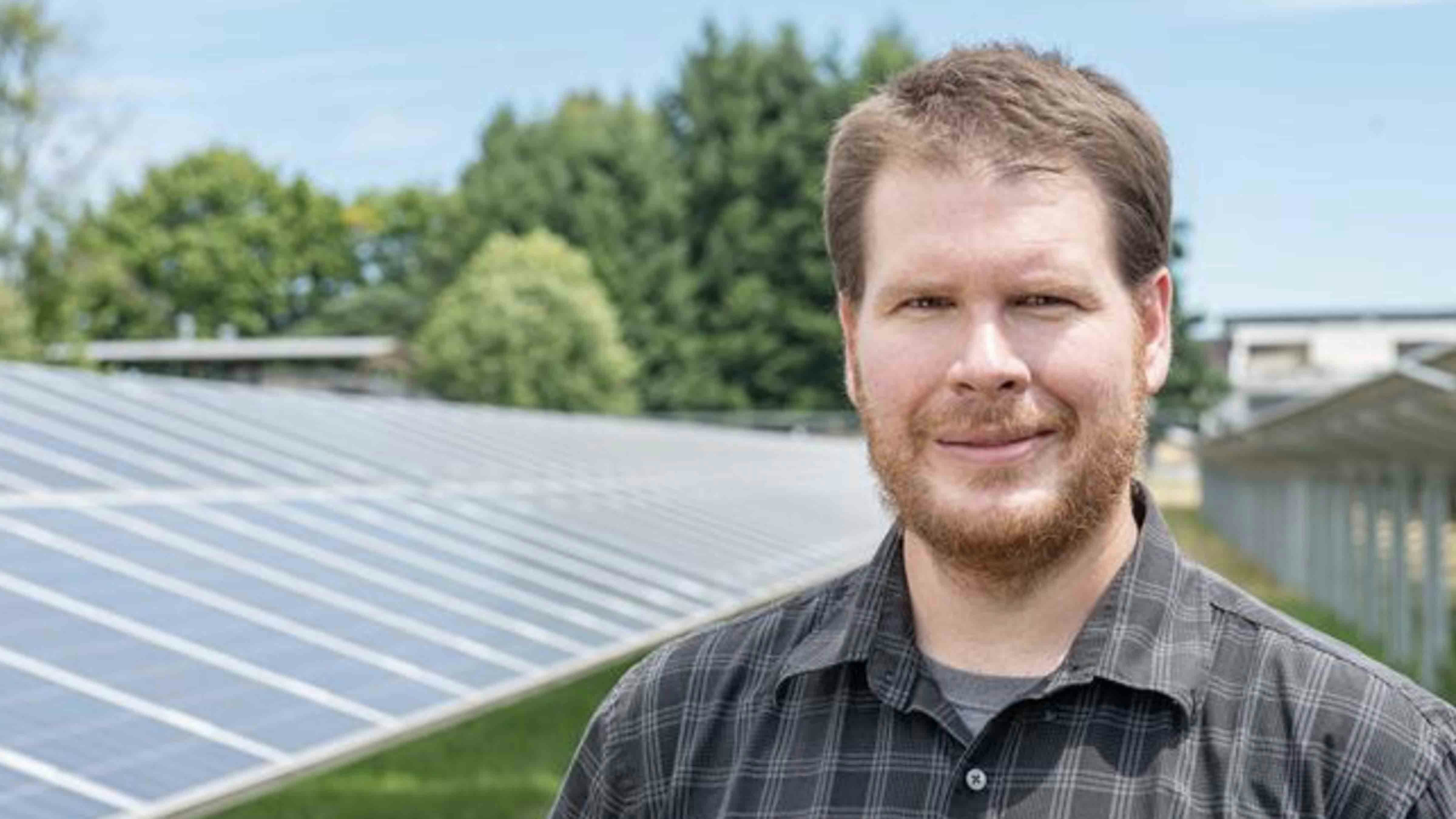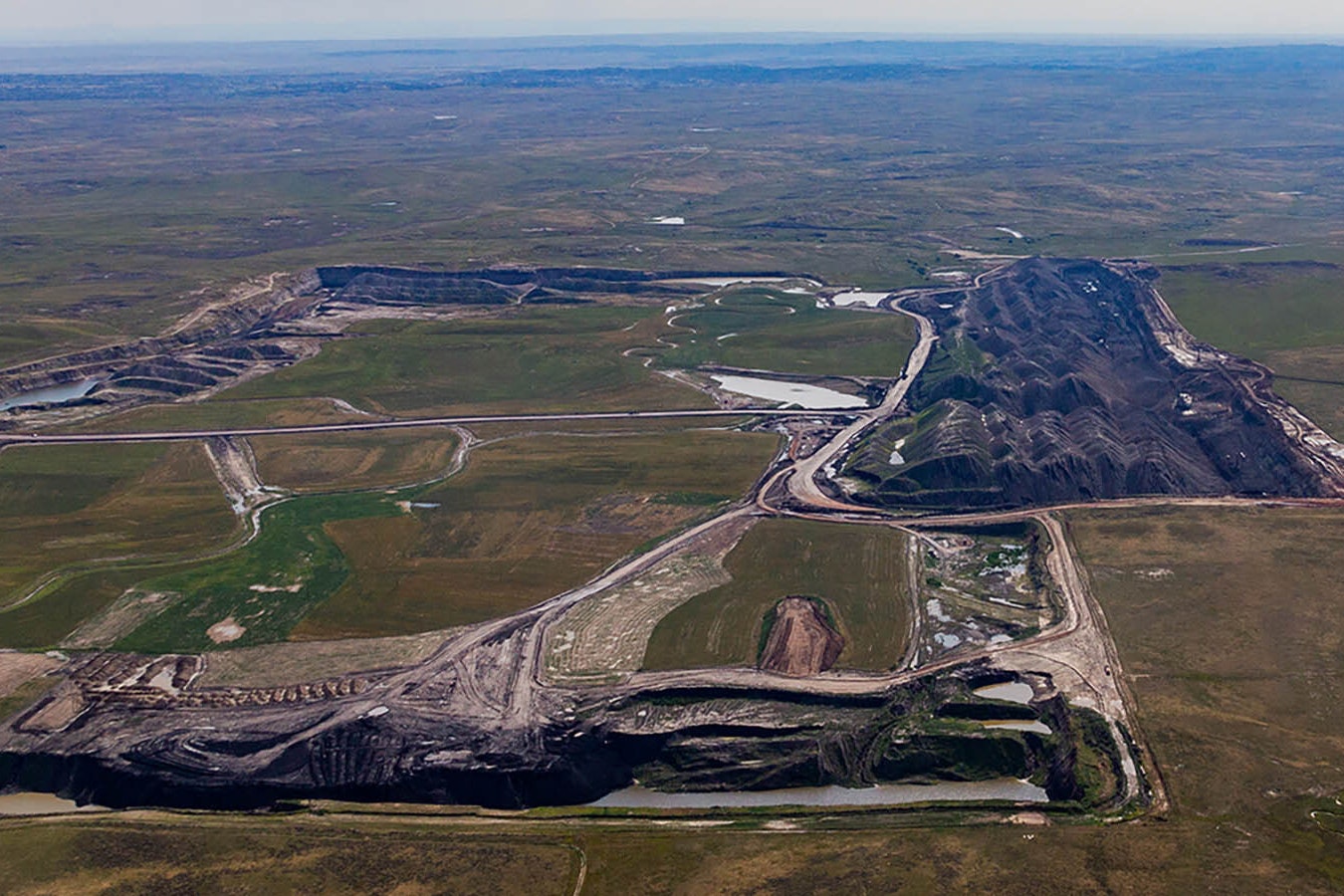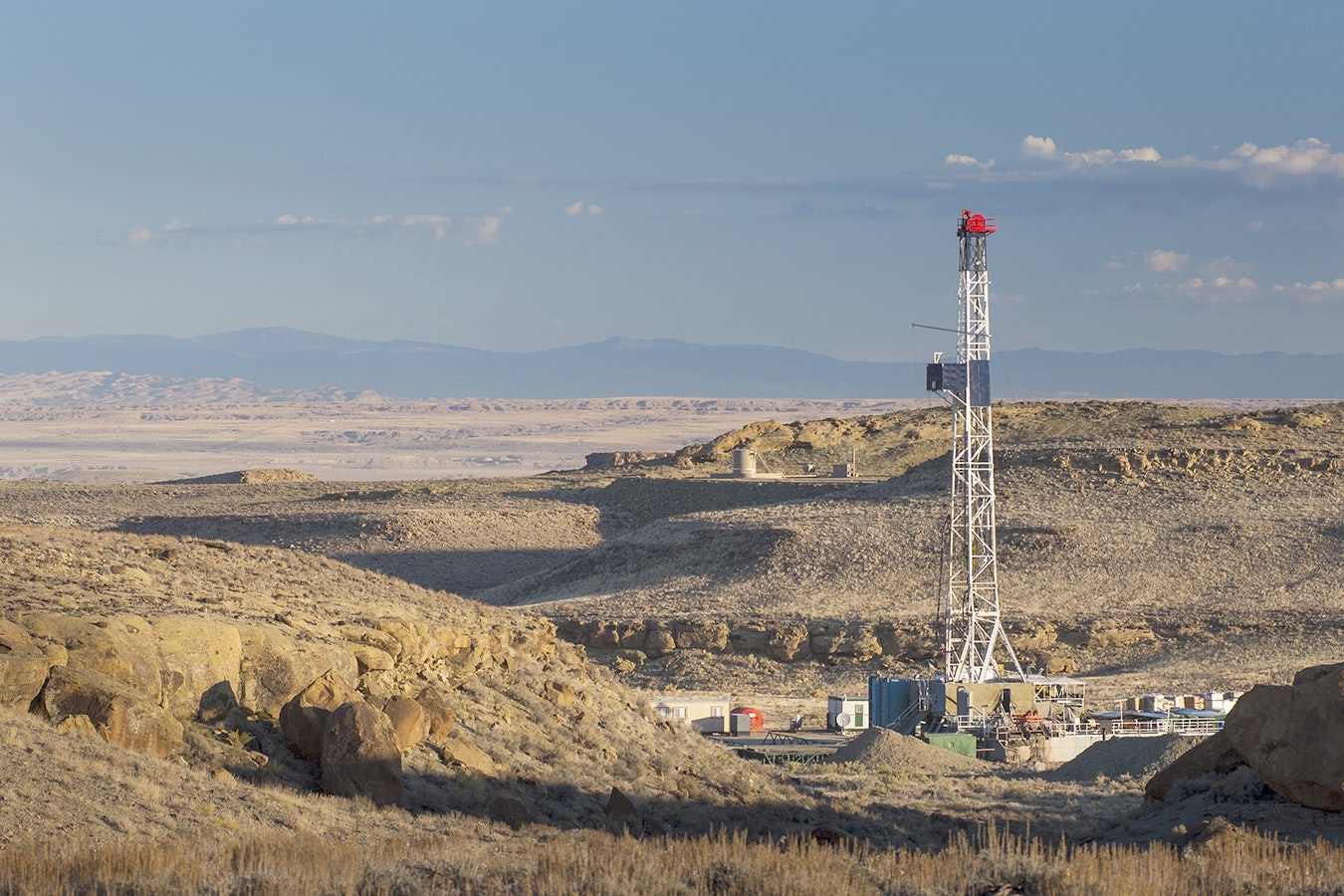One of the most important consultants on a proposed Wyoming energy project is a sheep expert from Oregon.
When Florida-based BrightNight LLC decided to develop its 500-megawatt solar farm near Glenrock, Wyoming, in a way to also graze sheep on the same land, they wanted to stay true to the local landowner’s sheep herding practices.
Enter Oregon State University Associate Professor Chad Higgins, the world’s foremost authority in the world on using land for both agriculture and solar power.
He jumped at the chance to give his 2-cents on the proposed $500 million project and has been advising on it since 2022.
Higgins, even by his own personal telling, knows more about solar panels and how they affect grazing sheep than anyone. Period.
Higgins’ gravestone may one day refer to him as the father of agrivoltaics, which is the study of land for both agriculture and solar photovoltaic energy generation.
“He is a champion,” said Nathan Campbell, director of development with West Palm Beach-based BrightNight.
Nothing Sheepish Here
In October, Higgins jumped at the chance to fly to Casper, which is a stone’s throw away from Casey Tillard’s sheep enterprise, Mart Madsen Sheep Co., and who is leasing 4,738 acres of his ranch to BrightNight to build its solar farm bordering the North Platte River.
Higgins offers his advice free as a professor employed with a university, which prohibits him from taking paid consulting gigs. He stumbled upon the idea of sheep eating grass under solar panels by accident.
Where The Grass Is Greener
The story isn’t a tidy one.
In fact, it’s a bitter political story that happened after his university in Corvallis, Oregon, took a handful of acres of land from the school’s Sheep Center, a research and education farm used for ewe breeding on hillside pastures.
The university wanted the land to build solar panels as a base camp to help supply power to the school – in the name of sustainability, Higgins told Cowboy State Daily.
Higgins wasn’t exactly thrilled with the go-green land grab.
“As I was walking by the panels one day, I noticed that grass was greener than other grass outside of the shade of the panels,” he said. “That’s how my involvement in sheep got started.”
The observation catapulted his career.
“It took off in a shocking way to me,” he said.
Today, he takes calls from ministers of energy and agriculture from China, the Dominican Republic, Turkey, utilities, private citizens and power developers from eastern United States to Oregon and Washington.
He even recently visited a solar project in the works in Nevada that a developer wants to build on 10,000 acres of desert.
Chew On This
This is a real thing – sheep grazing underneath solar panels. In fact, Higgins has about 30 at the Sheep Center where he conducts different experiments under the solar panels.
The American Solar Grazing Association said that it expects the number of acres of solar farms having sheep feed at solar installations in 2023 is likely to exceed 50,000, “and perhaps even higher,” said Kevin Ricardson, a spokesman for the group in Massachusetts of which Higgins is a founding member.
“Solar grazing is being done in a number of countries, including in Europe and South America, in addition to Canada and the U.S.,” he told Cowboy State Daily
Even Colorado Gov. Jared Polis has gotten into the action. In December, Polis and his state’s agriculture commissioner threw $500,000 in grants to seven projects to take a look at agrivoltaics as a way to stimulate a solar boom.
Wyoming’s involvement in solar projects has been slow to take off with only a handful either completed or in the works.
The state’s largest is BrightNight’s $500 million project — called the Dutchman — which is scheduled to begin construction in March 2025, should the project receive approval and permits from Converse County commissioners and the Department of Environmental Quality’s Industrial Siting Council.
If all goes as planned, the solar farm could start generating power to the electrical grid by late 2026, Campbell said.
Separately, the Converse County commissioners were told recently of plans by energy behemoth AES Corp. to build a $230 million wind farm south of Glenrock, putting the central Wyoming county on track toward becoming an alternative energy hub.
Rancher Is Mum
Tillard, who is leasing his land to BrightNight and is negotiating a separate “agrivoltaic agreement” with the energy developer, declined to comment on the project.
Nonetheless, Higgins said the media-shy Tillard was affable in his meetings with the prominent rancher.
“He’d be the guy to go have a beer with, maybe definitely have many beers with. He’s a cool dude,” Higgins said.
Higgins said that Tillard told lots of stories about his land that can’t be repeated, and that his ride along in Tillard’s off-road RZR sport vehicle with a stored rifle behind their heads was enjoyable.
“My understanding is that if he saw a coyote, he’d shoot,” Higgins said of the wildlife predator. In Oregon, “I’ve lost so many sheep because of my neighbor’s dogs. It’s a problem.”
Higgins was impressed by the vastness of Tillard’s land.
“It was pretty damn big,” he said. “It is an arid and harsh environment by my standards.”
Water is an issue for Tillard’s sheep, but wells on the land address those thirsty concerns, he observed.
What About Water?
Higgins’ advice to Tillard was that the solar panels would help retain more water on the land for the grazing sheep because the solar panels provide shade, the same thing he observed back at Oregon State University more than a decade ago.
“I live in western Oregon, and we have a lot more water,” he said.
The major difference between sheep in Oregon and Wyoming is the stocking rate per acre.
In Oregon, ranked No. 10 in the nation with 140,000 sheep, a rancher can reasonably expect to keep six sheep per acre. In Wyoming, it’s 0.1 per acre, he said.
“There are 50 times more sheep here [in Oregon] than in Wyoming on an acre of land,” he said.
The pivotable solar panels proposed by BrightNight would be built 5 feet above the ground for the sheep to graze underneath.
“You get deep snow there, so the panels may have to be built higher due to the snow clearance,” he said.
The solar panels, said Higgins, also would help with the forage because of less stress to the grass and “they’d be happier sheep.”
Pat Maio can be reached at pat@cowboystatedaily.com.








